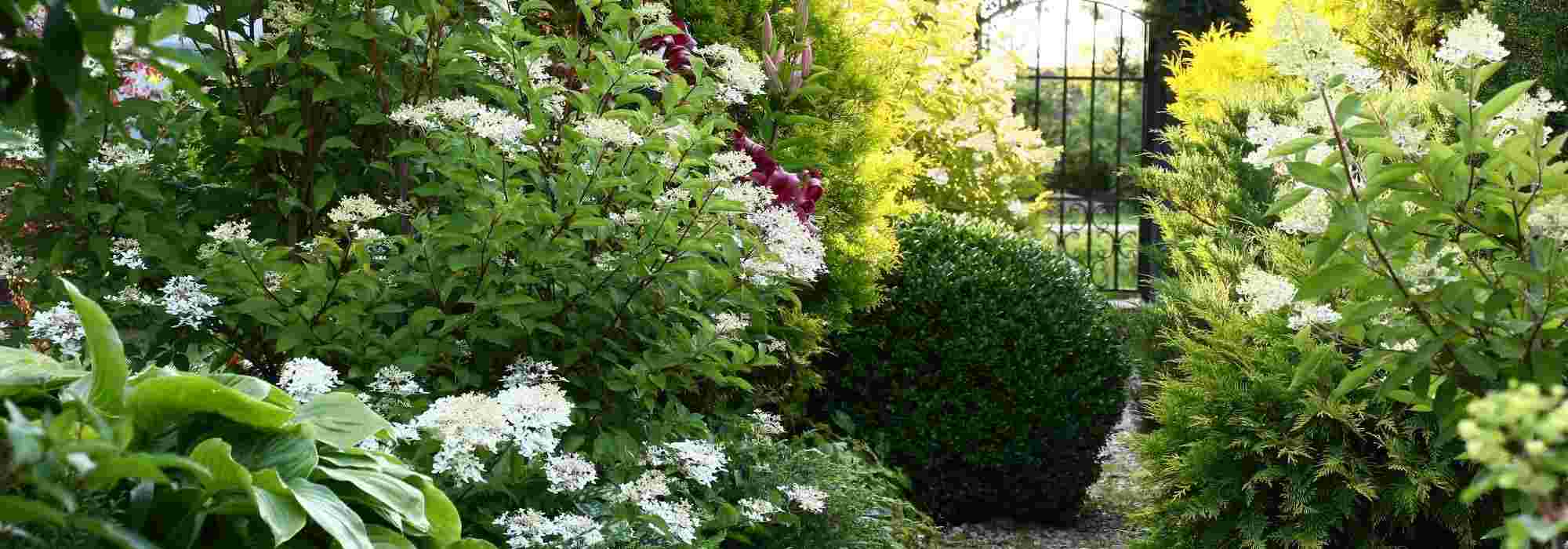
6 shrubs for a north-facing hedge
Our selection of hardy hedge shrubs
Contents
There is an impressive number of shrubs for hedges. For a garden exposed to the North where shade and cold dominate the situation, our choice of plants must be well thought out. Evergreen bushes should be prioritised to enjoy their decorative effect all year round, and they must also be quite hardy. We should also consider variegated foliage that brings light to shaded areas. Some shade bushes are interesting for their beautiful flowering, sometimes fragrant, which adds colour to the garden. Others are more traditional and are mainly grown for their practical qualities: windbreak and privacy. Finally, to achieve a hedge quickly, let’s focus on fast-growing bushes. Here is a selection of 6 hardy bushes for a shady hedge.
Ilex crenata 'Golden Gem'
Holly is a bush perfectly suited for shaded situations. The Ilex crenata ‘Golden Gem’, also known as crenate holly or Japanese holly, is a particularly bright variety. With a slow growth rate, this bush has a modest development (1.20-1.50 m high and 1 m wide) and tends to be spreading. When planted in a hedge, its evergreen foliage remains decorative for a large part of the year. Initially golden yellow in spring, its small leaves turn green and yellow during the other seasons. Moreover, its leaves, very similar to box leaves, are rounded and non-spiny, unlike other hollies, such as the common holly Ilex aquifolium. The ‘Golden Gem’ holly can be pruned into topiary and it wonderfully replaces boxwood, which is often affected by box tree moth. Note that its flowering is not of great interest, as its white flowers are insignificant. On female plants, black berries will appear after flowering if a male plant is nearby. Resistant to negative temperatures down to -20°C, Ilex crenata ‘Golden Gem’ finds its place in hedges, both in sunny and shady situations, in rich, light, and cool soil. In a low hedge in the shade, it can be planted alongside a laurustinus, a Japanese spindle ‘Aureus’, a Mahonia aquifolium, a Japanese skimmia, or an autumn camellia sheltered from cold winds.
⇒ With our sheet, you will know everything about Holly: planting, pruning, and care.
⇒ Discover our wide range of Hollies.
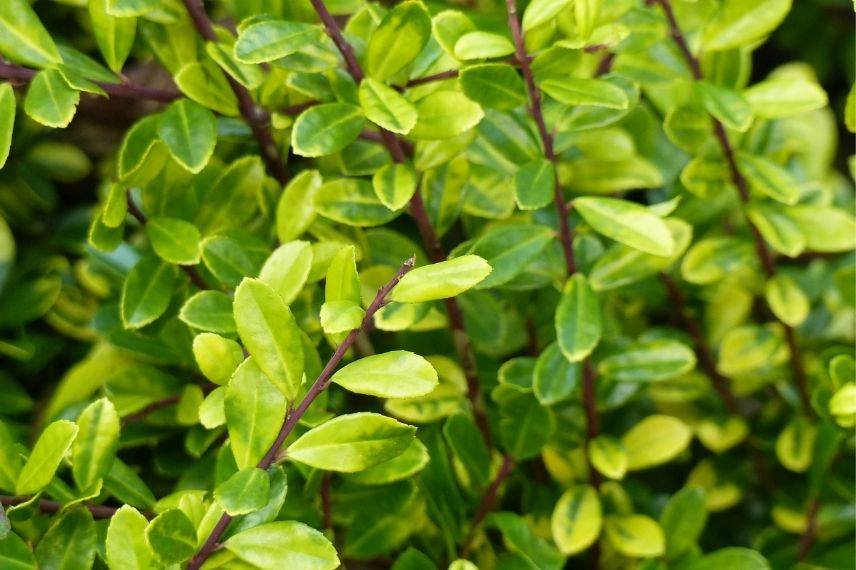
Ilex crenata ‘Golden Gem’
Read also
Shade Bush: Which Ones to Choose?Mahonia aquifolium ‘Apollo’
Before the arrival of spring, the Mahonia aquifolium ‘Apollo’ is a ray of sunshine in shaded gardens. This variety of holly-leaved Mahonia is indeed highly valued for its dark yellow winter flowering. More floriferous than the typical species, this Mahonia produces upright clusters of numerous fragrant flowers from February to March. This early and melliferous flowering is a good source of food for bees emerging from winter. Afterwards, it is blue-black fruits that delight the birds. Its evergreen foliage closely resembles that of Holly: these dark green, glossy, spiny leaflets are sharply serrated. In winter, it takes on a lovely purple hue. This small bush, measuring 80 cm in all directions, is compact and bushy, making it versatile. Thanks to its modest size, it can be used in small spaces, as a standalone, in shrub borders, as a defensive hedge, in pots, or on slopes. This hardy false holly ‘Apollo’ grows quickly in all soils, even poor and chalky ones. In a shaded hedge, it can easily be paired with shrubs such as Butcher’s broom, the variegated Osmanthus heterophyllus ‘Variegatus’, and Japanese Aucuba ‘Rozannie’.
⇒ Our selection of Mahonias on our site.
⇒ Discover how to plant, prune, and maintain Mahonia.
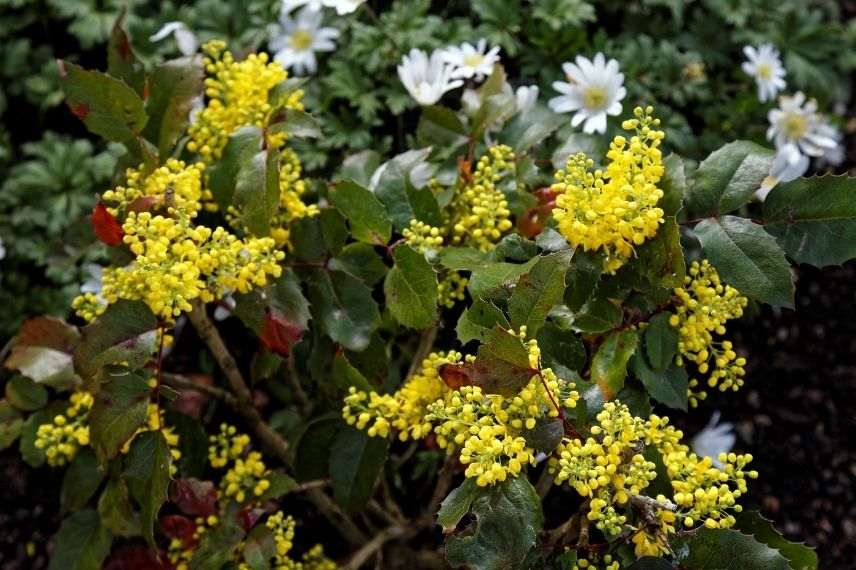
Mahonia aquifolium ‘Apollo’ (photo Wikipedia)
Discover other Hedge shrubs
View all →Available in 0 sizes
Available in 1 sizes
Available in 1 sizes
Available in 1 sizes
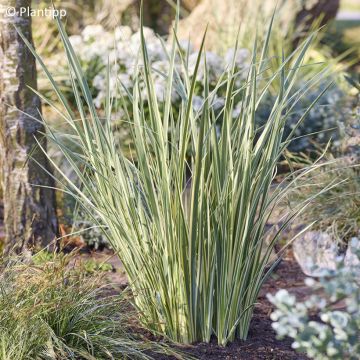
Available in 1 sizes
Available in 1 sizes
Available in 1 sizes
Available in 1 sizes
Available in 2 sizes
Available in 1 sizes
Viburnum tinus ‘Lisarose’
The Viburnum tinus ‘Lisarose’ is a recent variety of Laurustinus. One of the advantages of this species of Viburnum is its long and charming autumn and winter flowering, starting in October and sometimes lasting until March during mild winters. During this period, numerous small pale pink flowers gradually bloom, grouped in rounded bouquets at the tips of the branches. Small berries then appear, first blue and then black. Additionally, this bush is evergreen. It retains its foliage throughout winter, which is a positive aspect for having an ornamental hedge all year round. Reaching 2 m in height and 1.5 m in width, unpruned and at maturity, it has a very ramified habit. Its dark, glossy foliage forms a dense silhouette, making it perfect for a free-standing hedge. However, the Laurustinus has a slight drawback: in rainy weather, it emits an unpleasant odour. Fortunately, this dissipates quickly. Whether pruned or not, Viburnum tinus ‘Lisarose’ can be planted in the shade of trees where it does not fear root competition alongside Symphoricarpos orbiculatus, Escallonia ‘Donard Seedling’, Mexican Orange Blossom ‘Sundance’, and Delavay Osmanthus.
⇒ Discover other species and varieties of Viburnums on our site.
⇒ Learn all about the planting, cultivation, and pruning of Viburnums.

Viburnum tinus ‘Lisarose’
Read also
Evergreen bushes for shadeAucuba japonica 'Crotonifolia'
The Aucuba japonica ‘Crotonifolia’ is a large bush notable for its dark green, evergreen foliage punctuated with yellow spots. Its leathery, glossy, and speckled leaves are perfect for brightening shady areas in the garden. They form a dense, naturally rounded shape that draws the eye. In April-May, the flowering is rather discreet: small reddish-purple flowers appear in clusters, hidden among the foliage. By late summer, female plants located near male plants will bear red drupes that turn black in winter, toxic to humans but highly sought after by birds. Native to Asia, this bush is a typical plant for shade or cool partial shade. Hardy, very easy to grow and maintain, it is low-maintenance, ready to thrive in less favourable spots and particularly resistant to diseases and pests. This Japanese Aucuba ‘Crotonifolia’ will grow slowly to reach 1.5 to 2 m in height and width at maturity. It can be used as a standalone specimen, at the back of a border, or in a hedge alongside larger bushes such as Milky Cotoneaster, Virginia Itea ‘Henry’s Garnet’, Photinia fraseri ‘Carré Rouge’ with its reddening foliage, or even the spiny Berberis and Pyracantha.
⇒ Discover more Japanese Aucubas on our site.
⇒ For more information, check our guide on planting, pruning, and maintaining Aucuba.
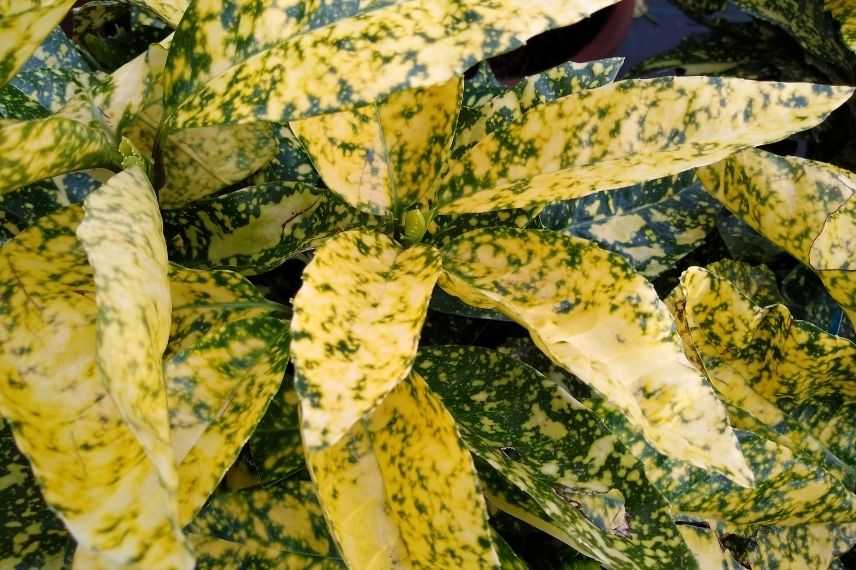
Aucuba japonica ‘Crotonifolia’
Camellia lutchuensis ‘High Fragrance’
As the name of this variety suggests, Camellia lutchuensis ‘High Fragrance’ is probably the most fragrant wild camellia of all! Very early in the year, it adorns itself with large double flowers about 10 cm in diameter, tinged with a soft light pink and a salmon heart adorned with numerous yellow stamens. This romantic-style flowering then diffuses a pleasant fragrance from February to April, reminiscent of the botanical Camellia (Camellia lutchuensis). Compared to other Camellias, the ‘High Fragrance’ Camellia grows relatively quickly, forming a compact, upright bush about 1.5 to 2 m high and 1 m wide in around ten years. Note that its olive green foliage is evergreen. When planting, ensure that the soil is well-drained and non-calcareous. This variety, developed in New Zealand in the 1980s, integrates easily into a flowering hedge, sheltered from the wind. Highlight this superb wild Camellia ‘High Fragrance’ by pairing it with Rhododendrons such as hybrid Rhododendron ‘Kabarett’ and Rhododendron ‘Lem’s Monarch’, autumn Camellias, an Escallonia (for example, the variety ‘Apple Blossom’ with pale pink flowers), and large-leaved Hydrangeas.
⇒ Discover more species and varieties of Camellias on our site.
⇒ Planting, growing, and caring for Camellias, we tell you everything!
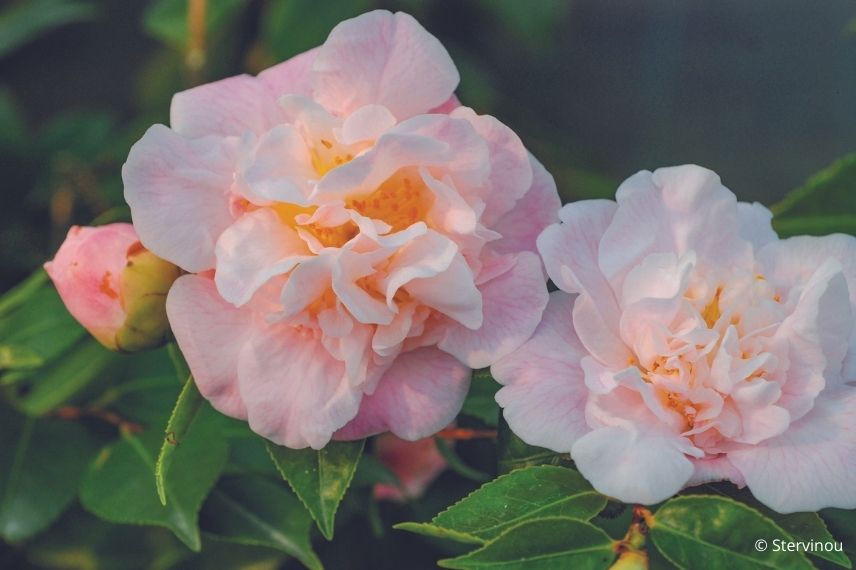
Camellia lutchuensis ‘High Fragrance’
Prunus laurocerasus ‘Novita'
Appreciated for its excellent hardiness and disease resistance, Prunus laurocerasus ‘Novita’, a recent Italian cultivar, is perfect for forming a tall hedge in shady conditions. Vigorous and fast-growing, it can reach up to 4 m in height and 3 m in spread. You can choose to prune it or not, depending on the space available, thus including it in a trimmed hedge or a free-form hedge. Its evergreen foliage is effective for screening, acting as a windbreak or even as acoustic insulation. Indeed, the large, firm, glossy ovate leaves of this Cherry Laurel remain throughout the year. If left unpruned, flowering occurs from April to May, when it is adorned with upright panicles composed of countless cream-white, lightly scented flowers. These later develop into small green fruits, turning red and then black. Note that this bush is toxic if ingested. Plant this upright and bushy shrub with other evergreens perfect for a free-form hedge: Elaeagnus ebbingei, Holly (for example, Ilex meserveae ‘Heckenstar’), Buckthorn, Yew hybrid ‘Hillii’, or even Rhododendron ponticum. Remember to maintain a good distance between each plant when planting.
⇒ We offer other Laurels on our site.
⇒ The best practices for planting, pruning, and maintaining the Palmate Laurel and Portuguese Laurel can be found in our guide.

Prunus laurocerasus ‘Novita’
For further reading
- Discover our selection of 5 trees for gardens exposed to the north
- Subscribe!
- Contents
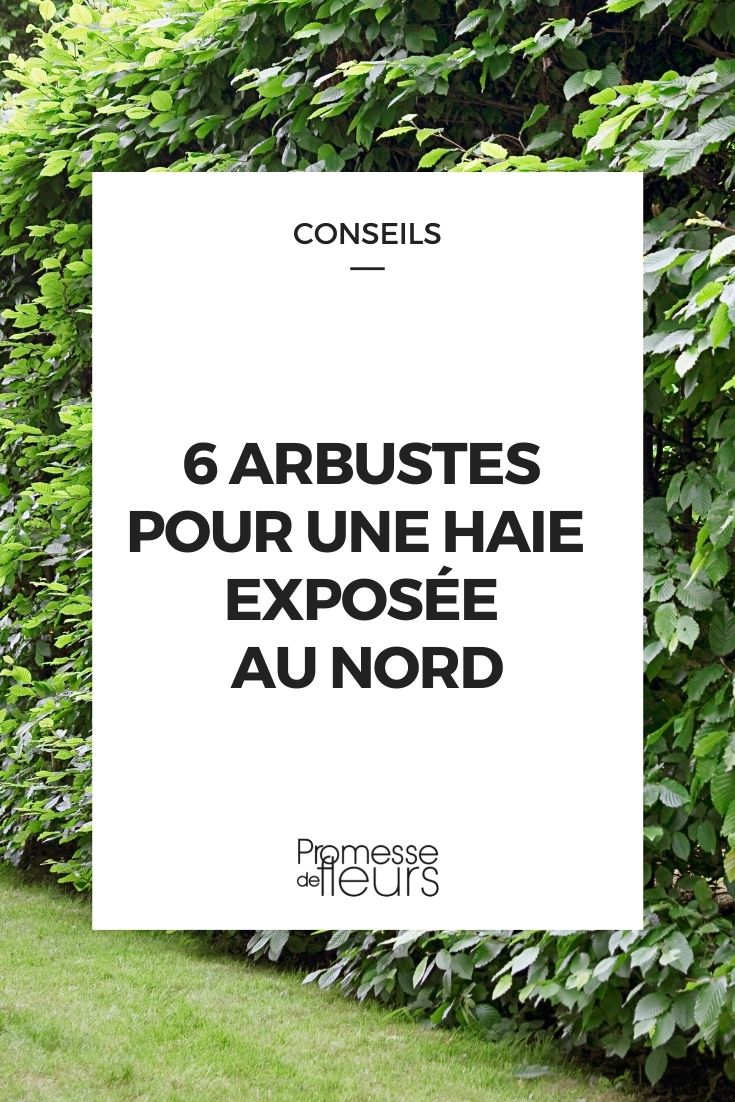
































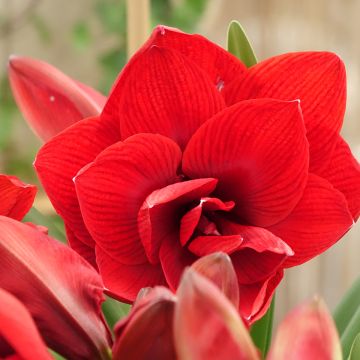


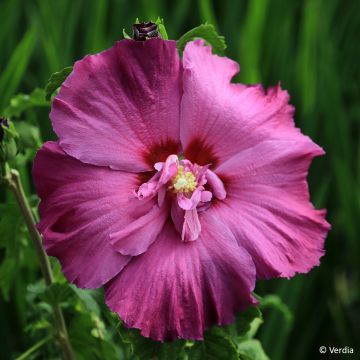

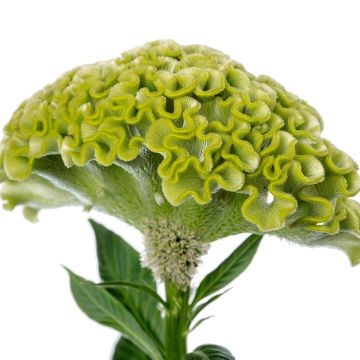
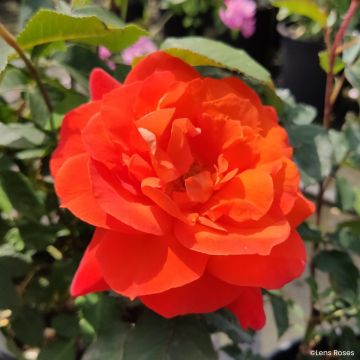

Comments